You will need:
- Two balloons
- Two 20cm length strings
- One rod or stick
- Two equally-high stacks of books

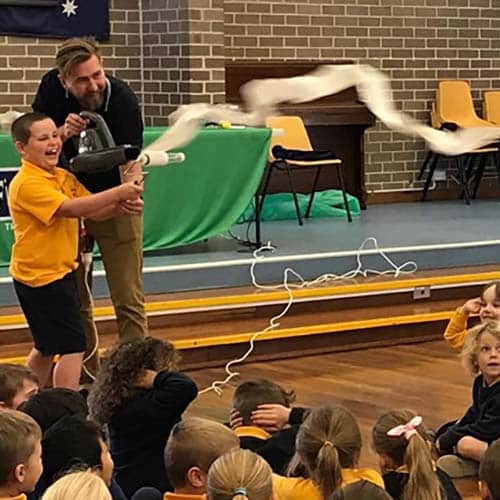
School science visits since 2004!
– Curriculum-linked & award-winning incursions.
– Over 40 primary & high school programs to choose from.
– Designed by experienced educators.
– Over 2 million students reached.
– Face to face incursions & online programs available.
– Early learning centre visits too!
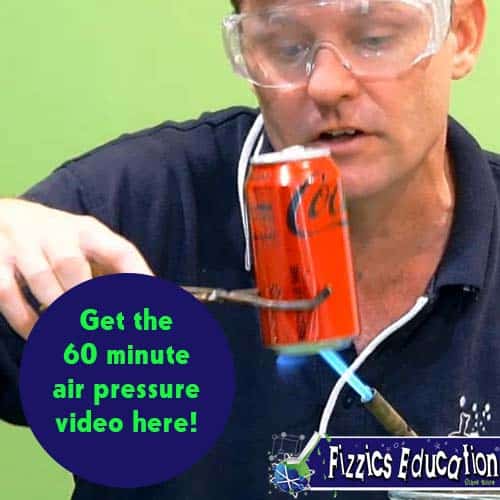
Get the Unit of Work on Pressure here!
- Want to dive into air pressure?
- It’s all about air pressure in many ways!
From how storms form to how planes fly, this unit covers many concepts about air pressure.
Includes cross-curricular teaching ideas, student quizzes, a sample marking rubric, scope & sequences & more
Why Does This Happen
The mathematician Bernoulli found that moving air has less pressure than air that is still.
In your experiment, a low-pressure area was created between the balloons when you tried to blow them apart. The faster air moved between the balloons, creating a low-pressure zone between the balloons. The high pressure surrounding the balloons pushed the balloons together.
Low air pressure occurs when air is sped up. The energy of the air molecules is being used mostly to move them faster, and less to bounce them off of each other and the balloons. Without as many collisions between the air molecules, the pressure between them is lower, and surrounding, slower-moving air molecules have more energy to bounce into the space, moving the balloons towards each other as they move in. The way that moving gases and fluids work is that slower air will move towards faster air.
The curved surface of the balloon also makes the air travel faster, causing even lower pressure as the air rushes around the edge of the balloon. Curved surfaces are used to create low-pressure areas on plane wings and even F1 race cars!
Another simple demonstration of this can be done with a funnel and ping pong balls or making vortex smoke rings.
Variables to test
- Does it matter about the size of the balloons?
- Try blowing between two helium balloons
- What if the balloons are filled with water?
- Teaching about air pressure? Check out the Flight or Weather show!
- Teaching about Newton’s laws? Check out the Forces, Friction & Movement workshop!
Get in touch with FizzicsEd to find out how we can work with your class.
Flight or Weather
Years 3 to 6
Maximum 30 students
School science show (NSW & VIC)
60 minutes
Online Class Available
STEM Full Day Accelerator - Primary
Designed from real classroom experiences, this modular day helps you create consistently effective science learning that directly address the new curriculum with easily accessible and cost-effective materials.
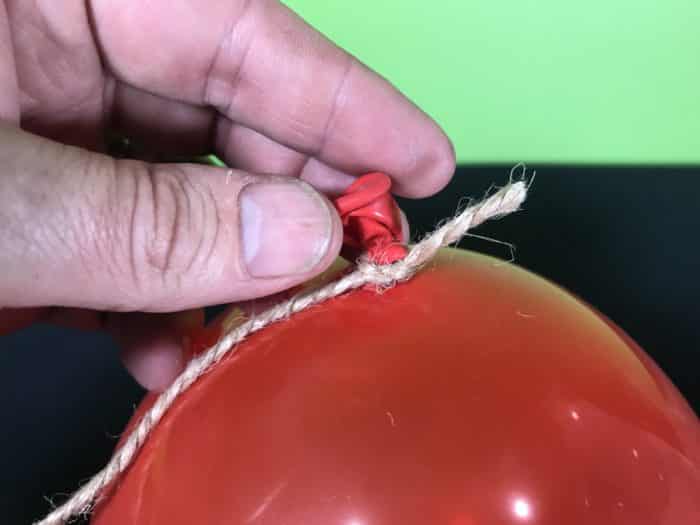
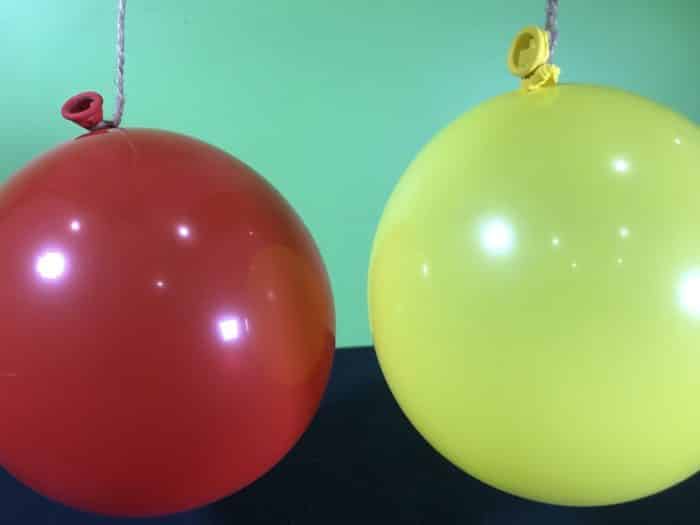
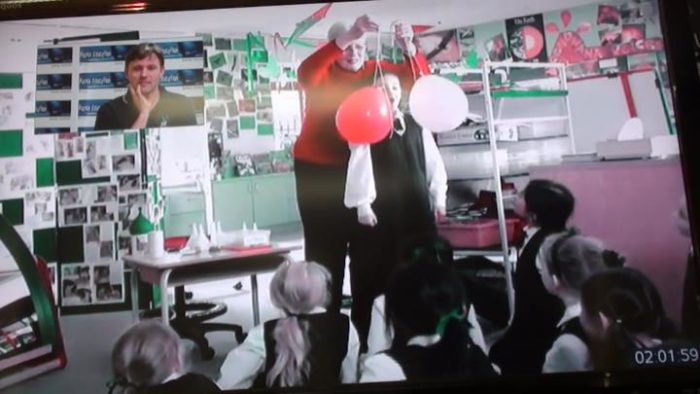
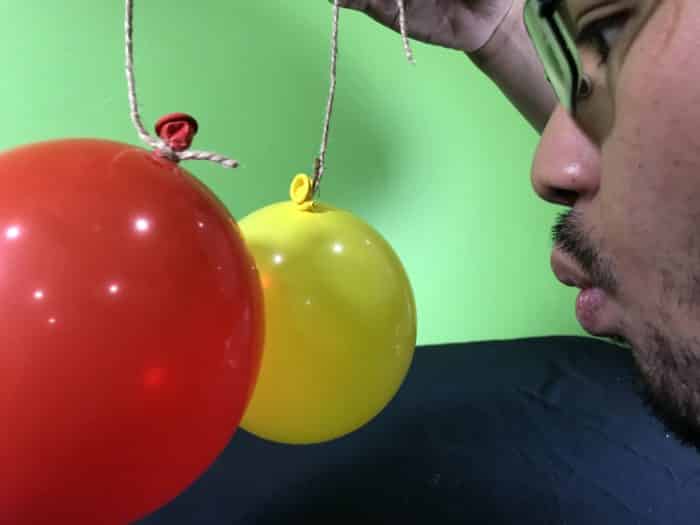


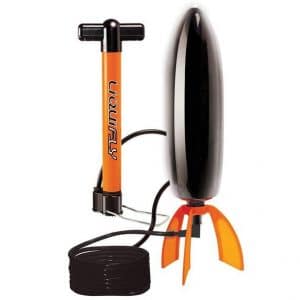
























Comments